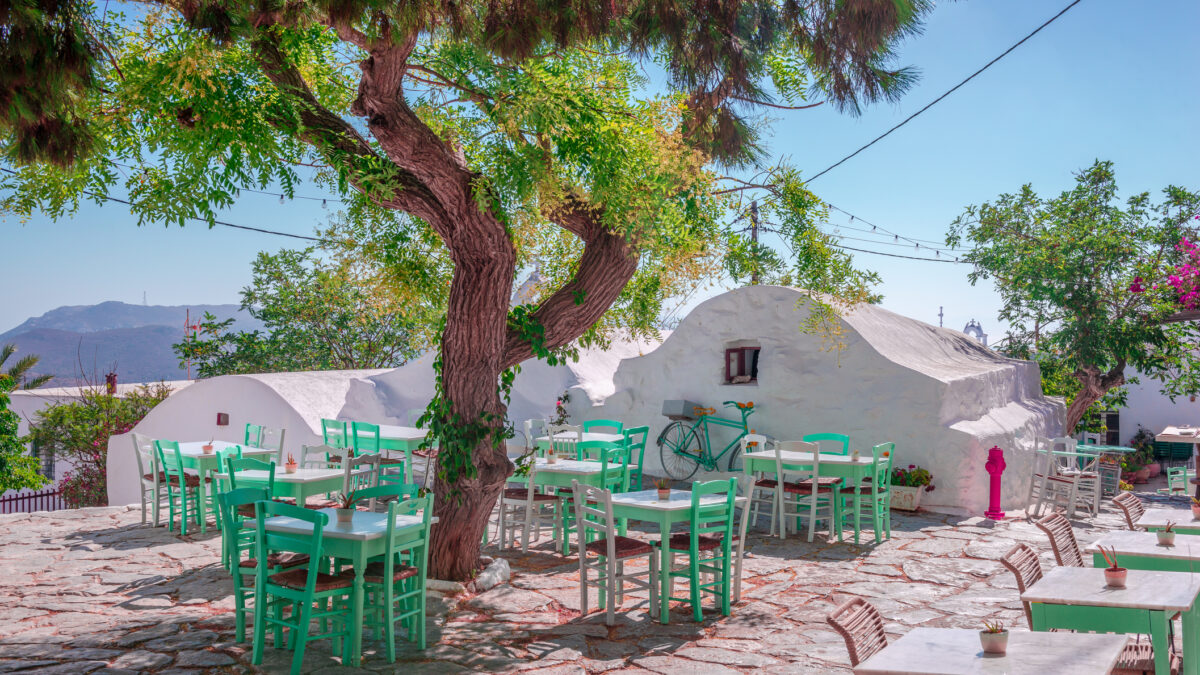Amorgos is an island situated at the southeastern edge of the Cyclades. Its main settlement is Chora and it has two natural harbours, Aigiali and Katapola
The island’s history goes back thousands of years. It had a prominent place in the Cycladic Culture, and subsequently, during the Minoan period, settlers from Crete arrived on the island and established the town of Minoa. Amorgos is dominated by rugged mountainous terrain with high elevations, giving it an imposing outward appearance and offering visitors some truly spectacular views. The Monastery of Panagia Hozoviotissa is the distinctive hallmark of Amorgos, carved out of a sheer cliff face in the island’s south. The monastery was constructed in the 9th century by Byzantine Emperor Alexios I Komnenos.
Given its cliffside location, the monastery is accessible only via a pathway with 271 stairs.
Amorgos is a hiker’s paradise, featuring a plethora of hiking trails of varying lengths that allow visitors to immerse themselves in the island’s unique geography and striking natural beauty. Amorgos and its crystal-clear waters were made world famous by the film ‘Le Grand Bleu’, which established it as the island of the endless blue. And it’s true that the island is more than capable of captivating with its azure, blue and turquoise waters. Whether visiting the sandy expanses of Aegiali beach for a relaxing swim or the rocky outcrops of Agia Anna – incidentally the backdrop for the film – the natural beauty of the island is truly rare.
The island’s main settlement, Chora, is located at its highest point, literally and symbolically. This listed settlement, which sprawls around the local castle and is widely viewed as the most gorgeous throughout the Cyclades, was established in the 13th century, when the island was under Venetian rule. It is undoubtedly a classic example of Cycladic architecture, its whitewashed houses and winding alleyways offering rare opportunities for immersion in Aegean ambience. Chora also features picturesque post-Byzantine chapels and traditional windmills, both intrinsically connected with local everyday life for centuries.
Gastronomy
Amorgos produces thyme and wildflower honey, grains, herbs and aromatics, while the island’s olive groves produce exceptional extra virgin olive oil.
But the lion’s share of local production on the island is dedicated to livestock breeding: wild goats are so ubiquitous on Amorgos that hikers and swimmers alike will encounter them everywhere. Sheep and goat’s milk is used to produce tasty cheeses such as xinomyzithra, xinotyri, kefalotyri, ladotyri and sweet cheeses like malaka. Meanwhile, local specialities include patatato, aranista – goat stuffed with rice and served as soup – or xidato, a local variation of tripe soup.
Finally, pies filled with local wild greens, herbs and spices, and the local fava beans – whether cooked as is or used as an ingredient in fava fritters – round out the island’s cuisine.
As far as sweets go, visitors should not miss the opportunity to taste the local sesame pasteli, xerotigana and greek honey rolls (diples) sprinkled with sesame seeds. Finally, those looking for a quality alcoholic beverage on the island should try the aromatic local ‘cooked raki’.
How to get there
Amorgos is an island in the Cyclades and is serviced by ferry from Piraeus.










